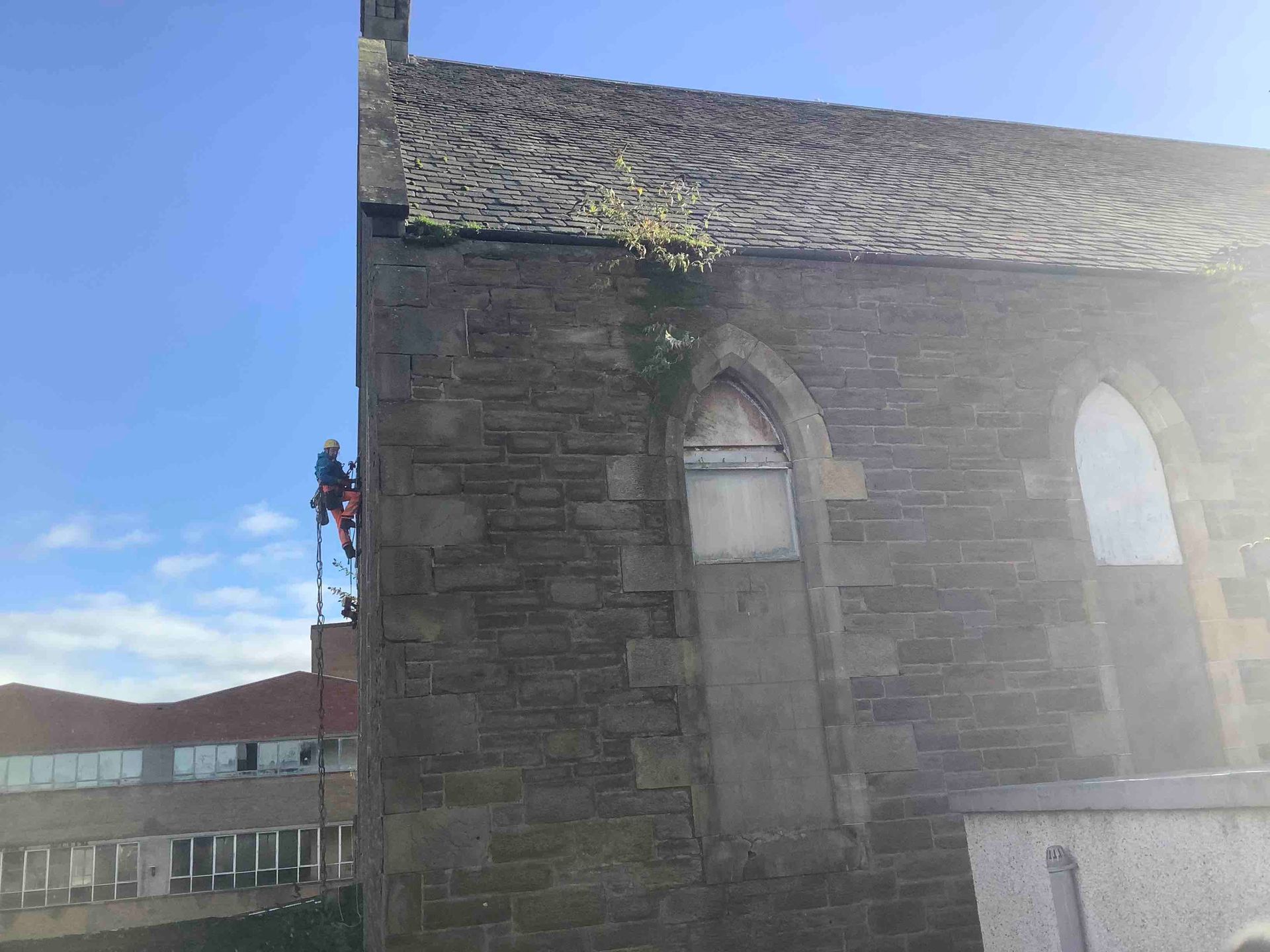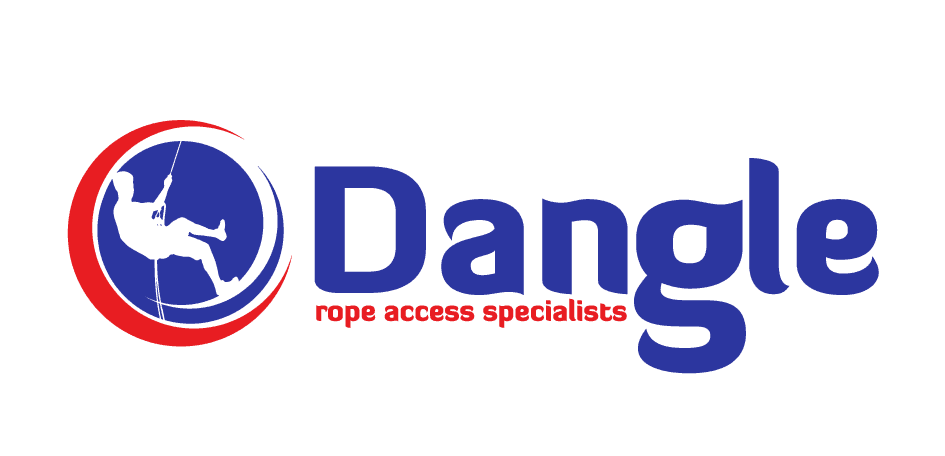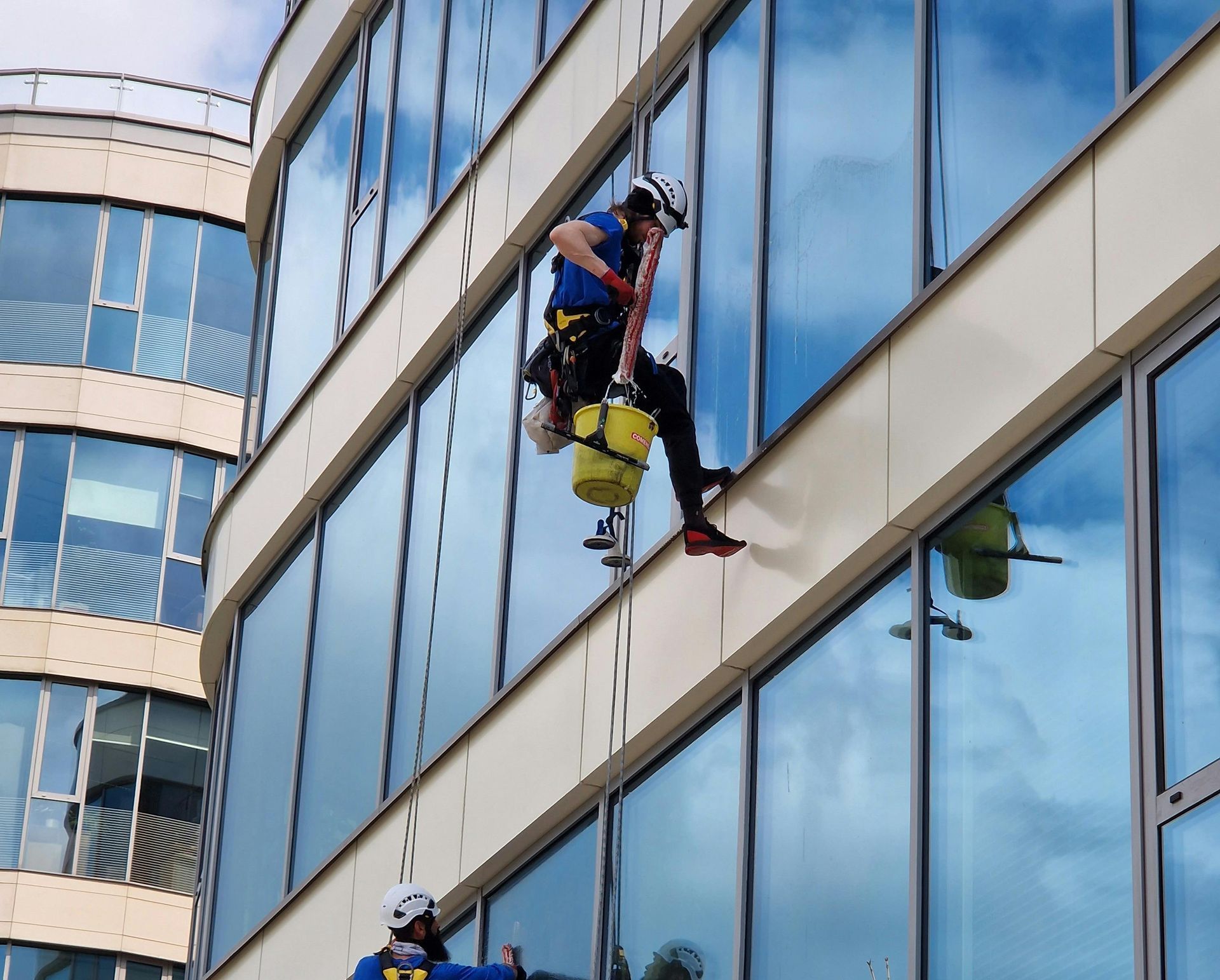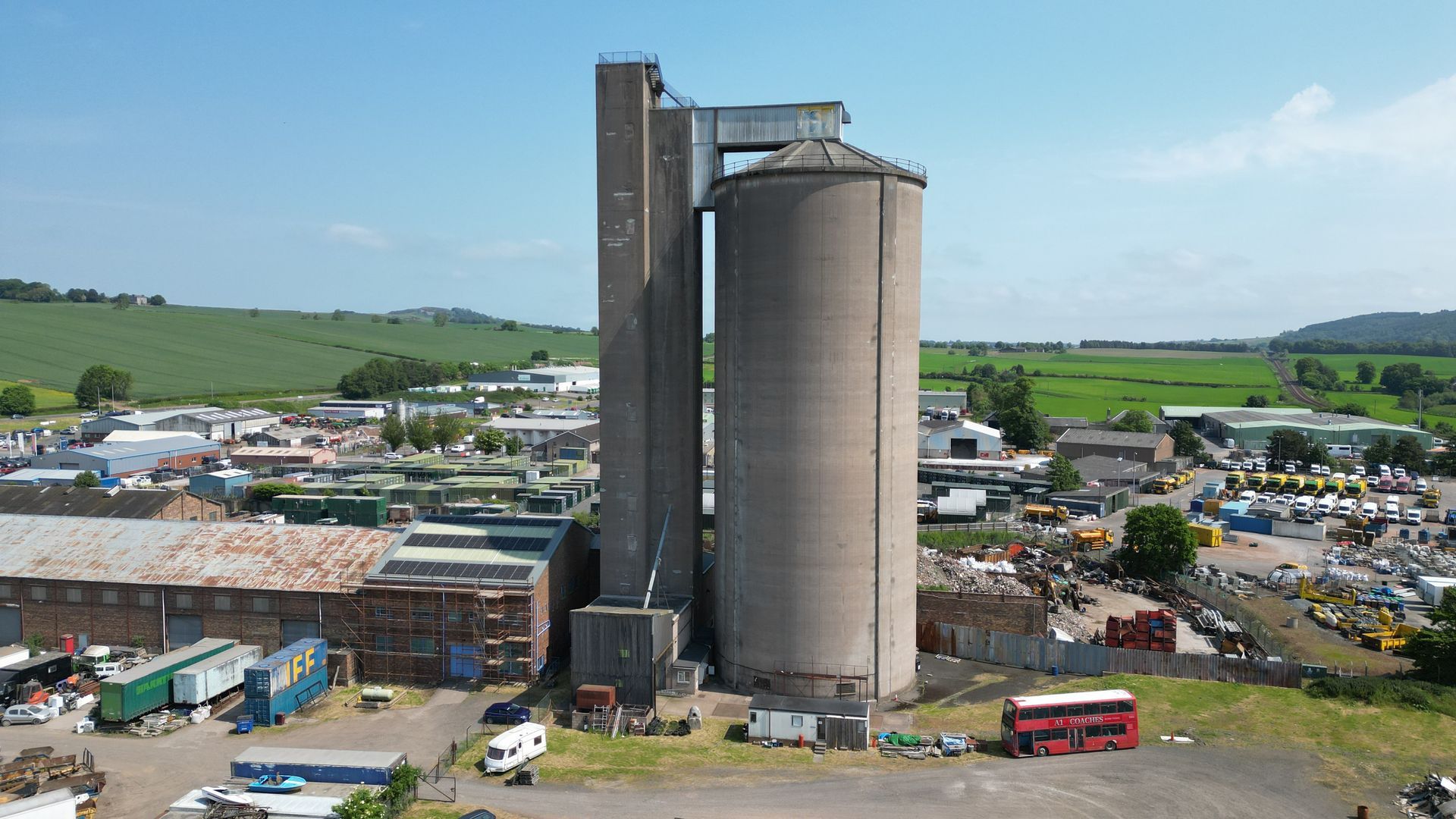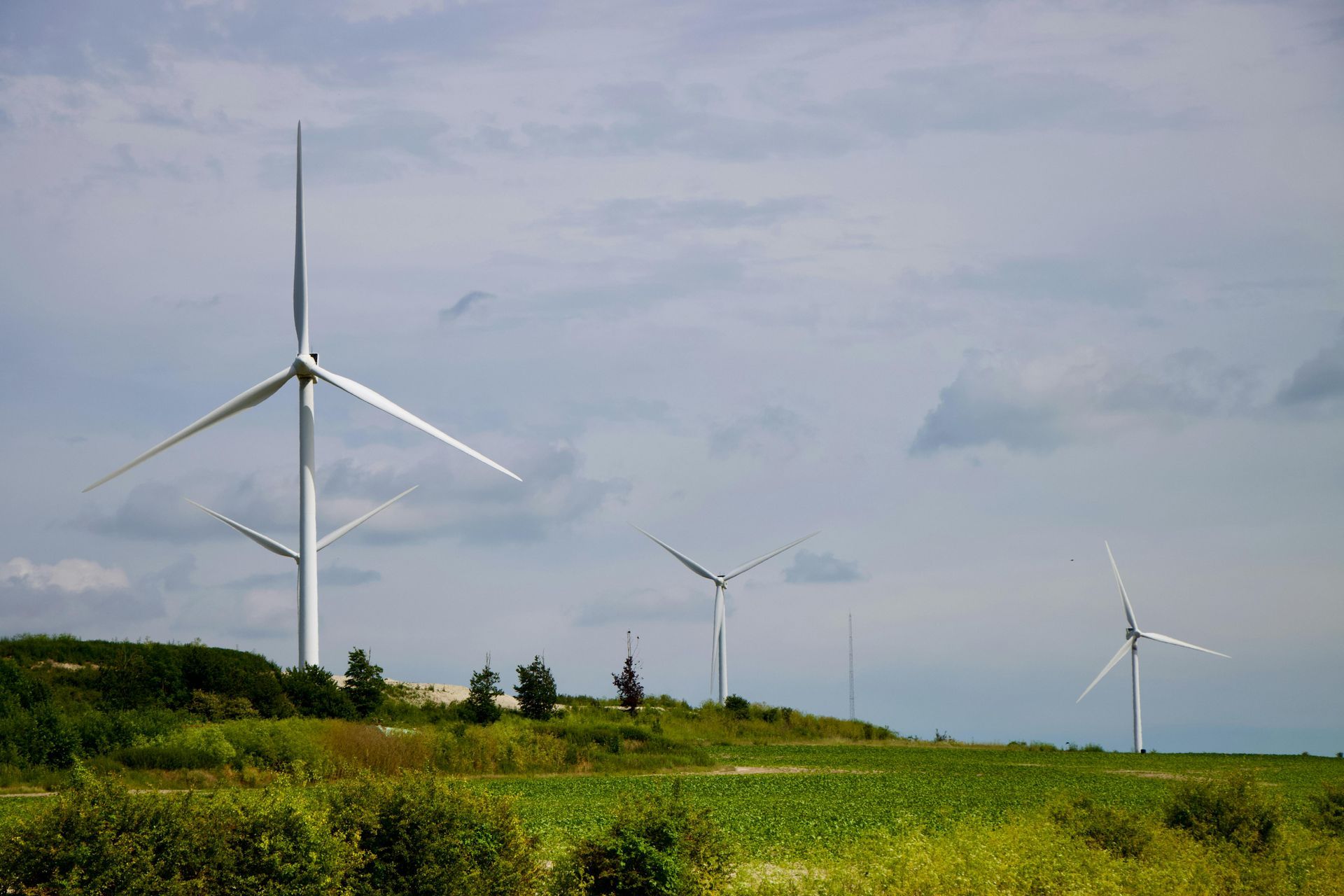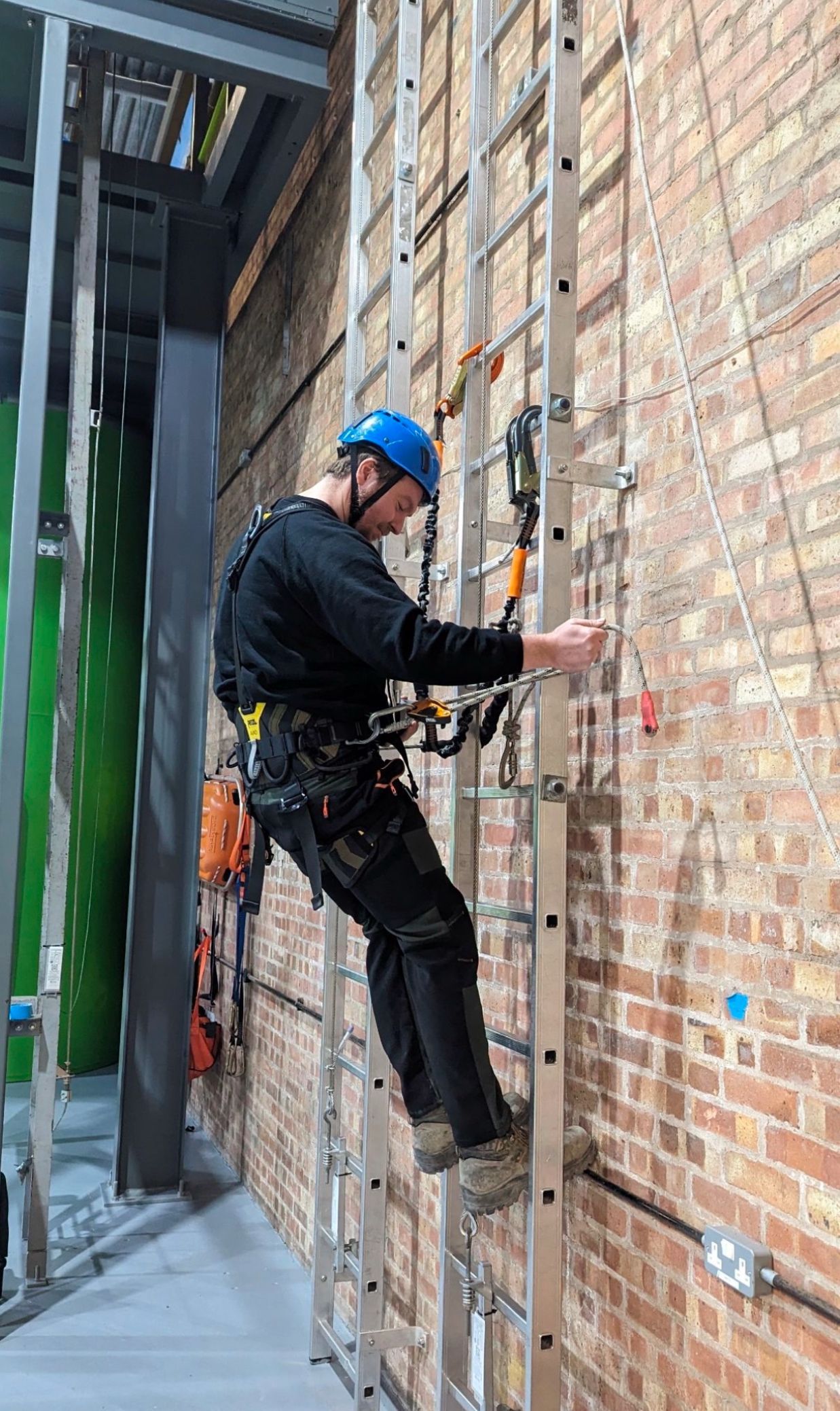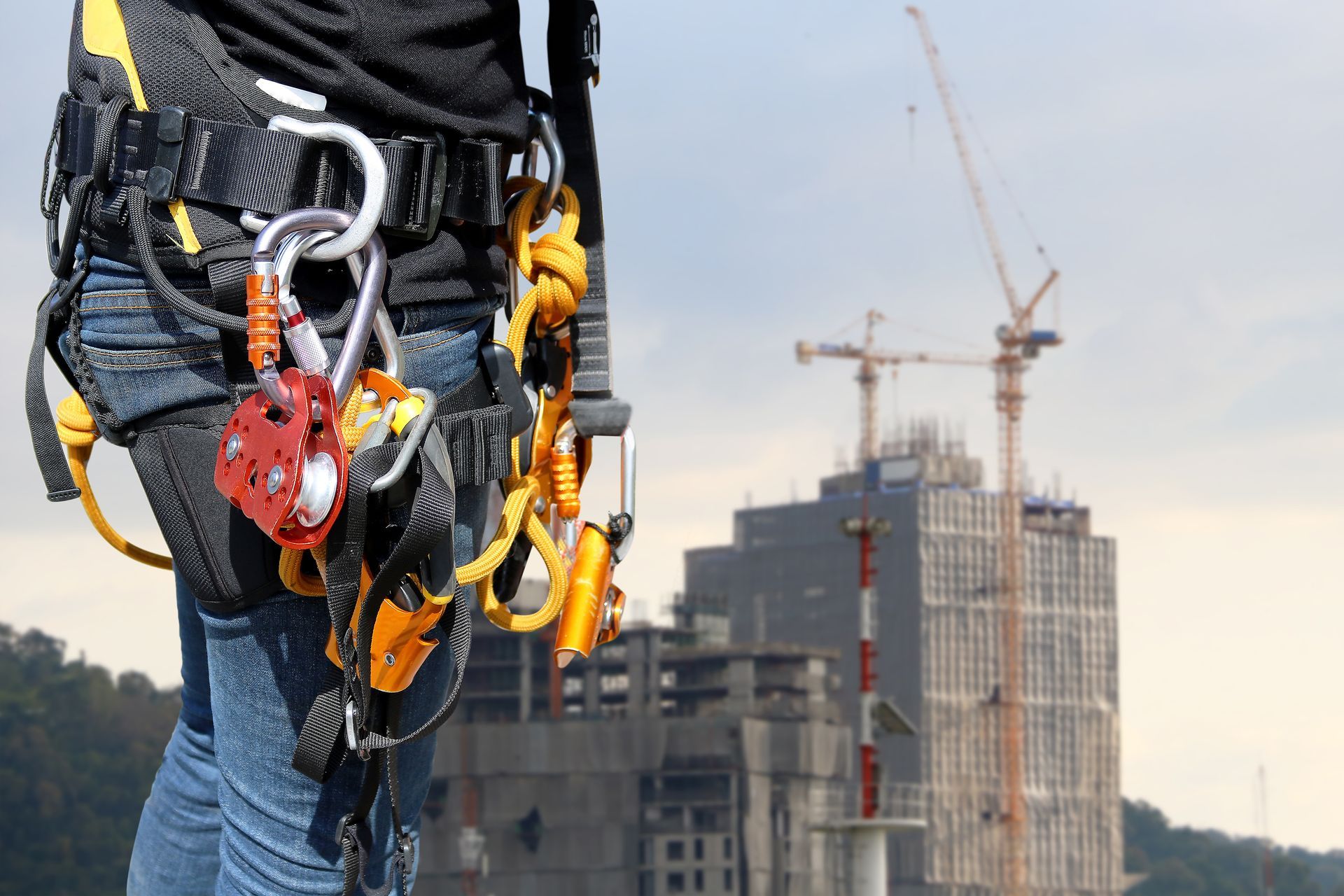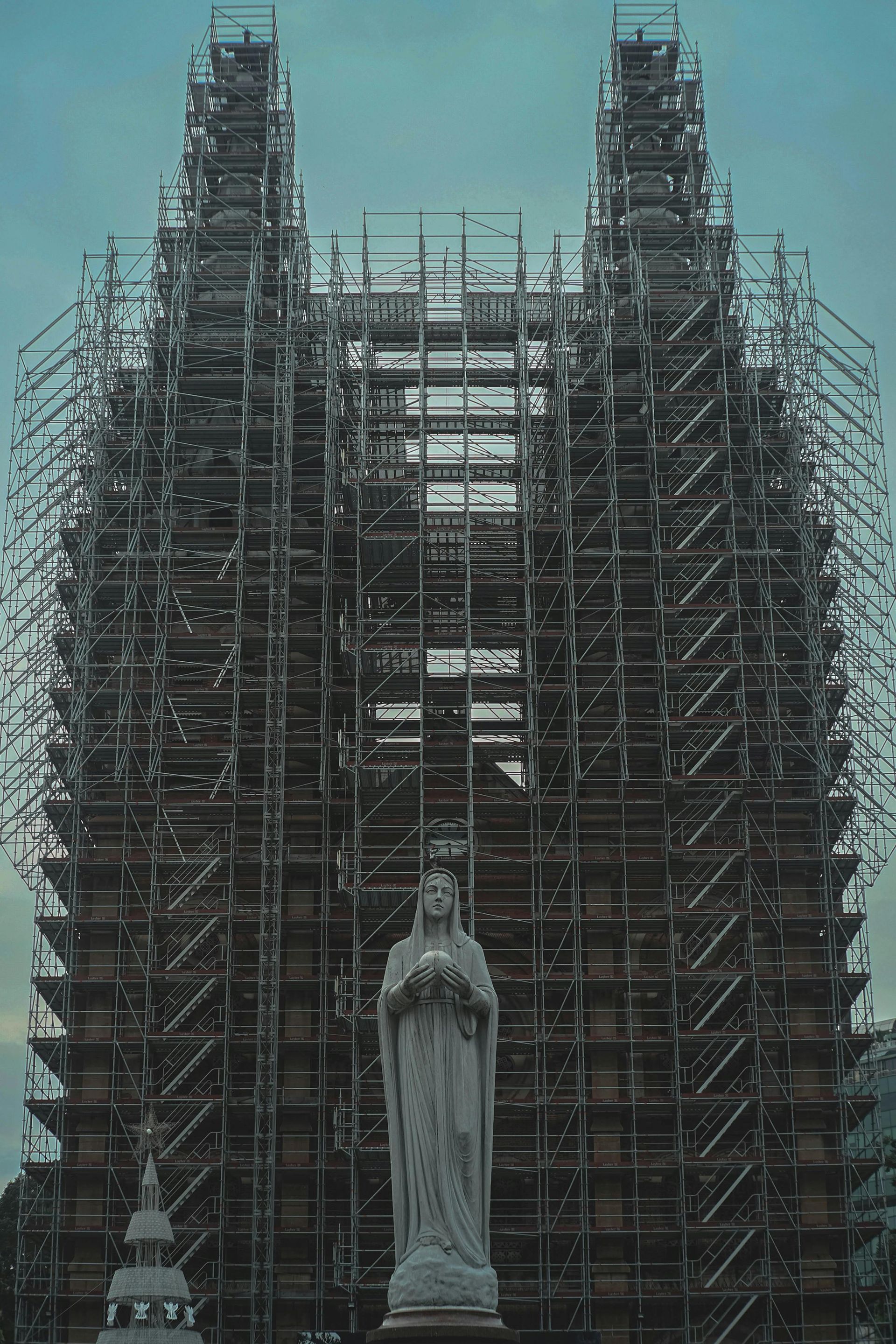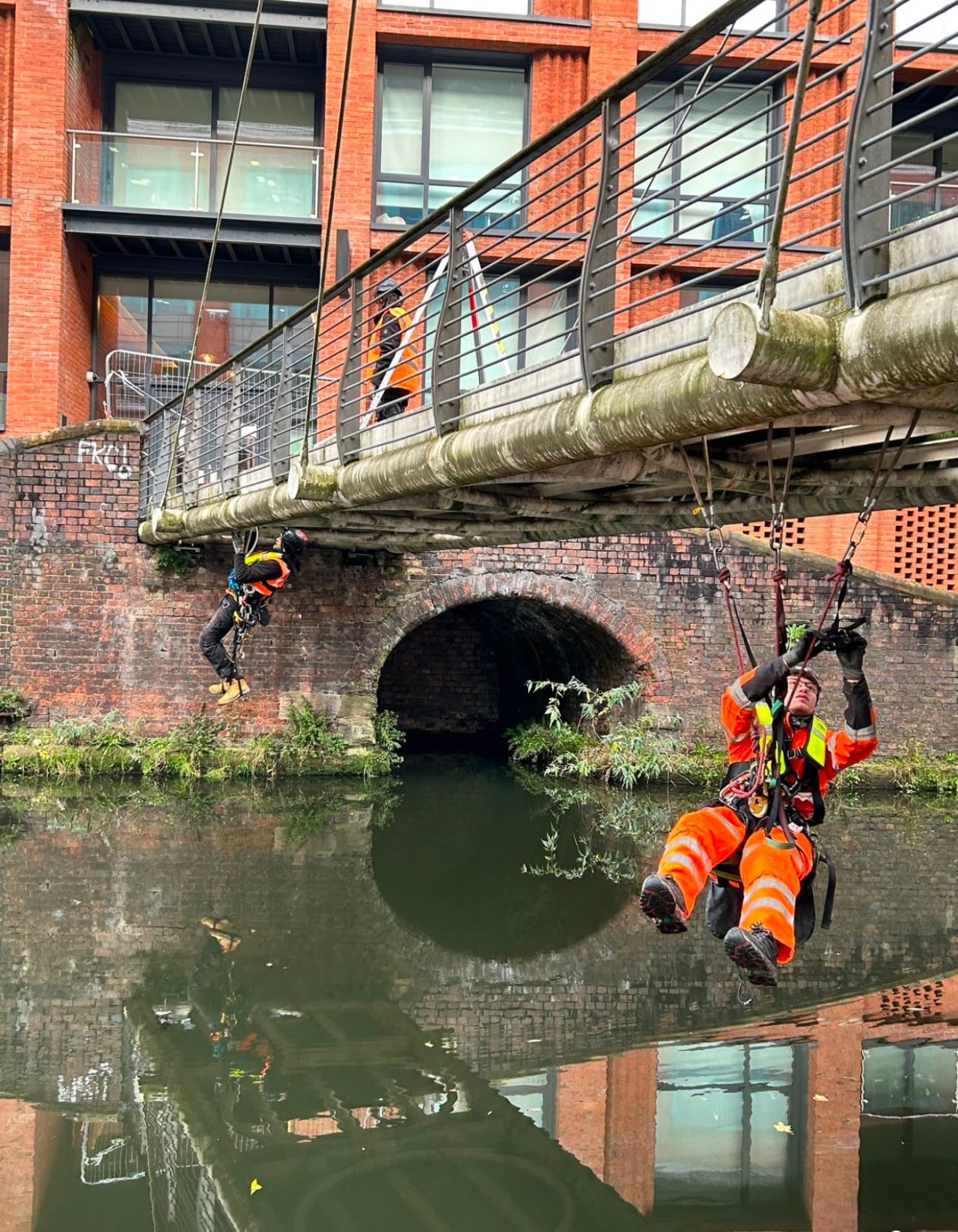Exploring the World of Paints & Coatings: A Colourful Journey into the Art of Surface Protection
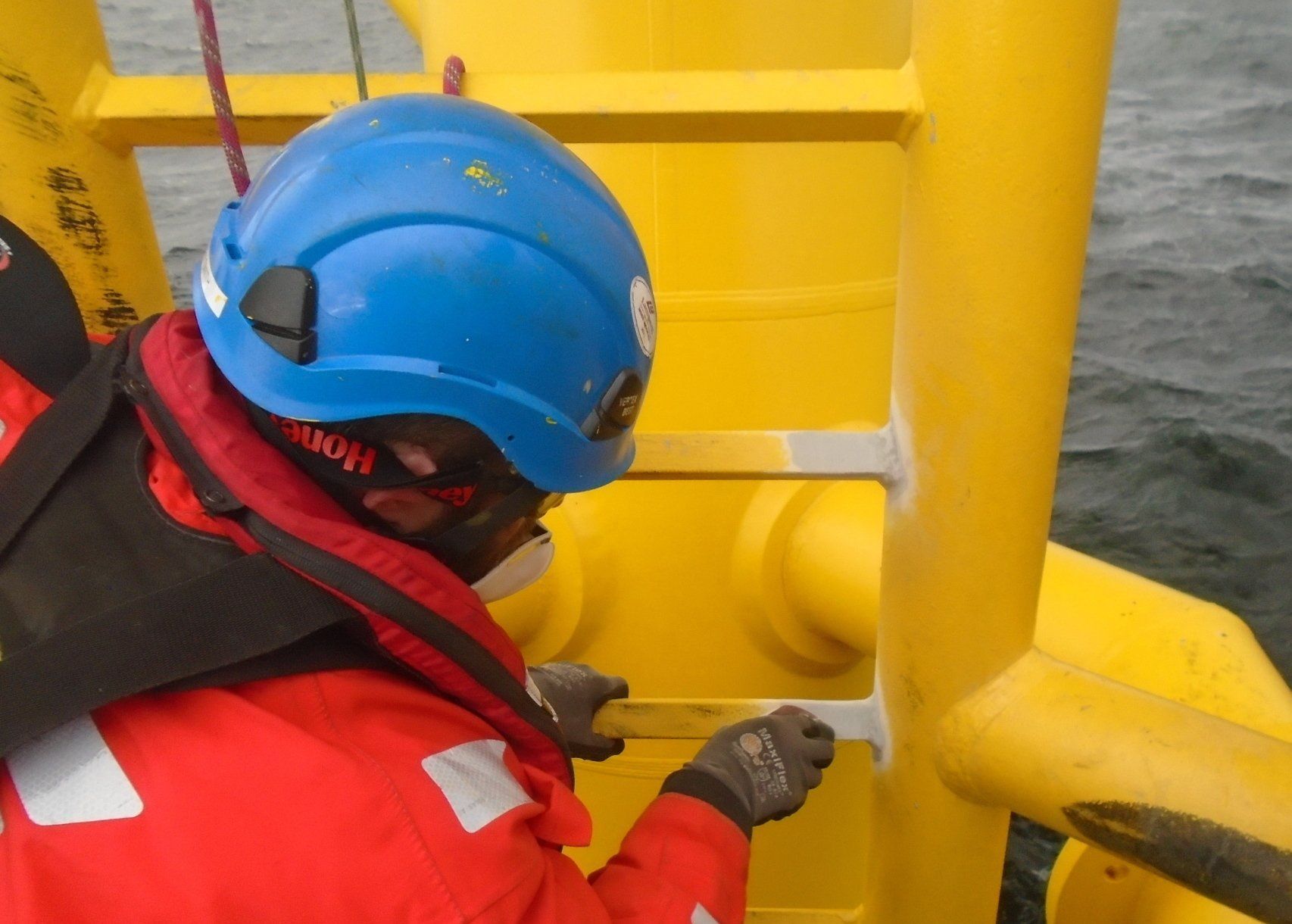
Exploring the World of Paints & Coatings
Paints and coatings play a vital role in our everyday lives, from protecting surfaces to enhancing aesthetics. Whether it's the vibrant shades adorning our walls or the invisible shield safeguarding our vehicles from the outside world, these products have a fascinating story to tell.
In this blog post, we will delve into the world of paints and coatings, uncovering their history, types, applications, and the innovative technologies shaping this dynamic industry for the future.
Paint and coatings are often used interchangeably, although for the purpose of this guide, the term "coatings" carries a more industrial connotation and "paints" a domestic one.
The Evolution of Paints and Coatings
- Tracing the origins of paints and coatings, from ancient civilisations to modern-day formulations.
- Exploring the development of different paint ingredients and their impact on durability, colour, and environmental sustainability.
- Highlighting significant milestones in the industry, such as the invention of latex paint and the rise of eco-friendly coatings.
The Evolution of Paints and Coatings is a journey through centuries of history as paints and coatings have played an integral role in human civilisation.
From ancient times to the present day, these remarkable substances have evolved and transformed, leaving an indelible mark on the world of art, architecture, and industry. Let us embark on a fascinating journey, tracing the origins of paints and coatings, exploring their development, and highlighting significant milestones in the industry.
Our voyage begins in the ancient civilisations, where the first evidence of paints can be found. The Egyptians, for instance, used natural pigments derived from minerals and plants to adorn their temples and tombs. The Greeks and Romans further advanced the art of painting, developing techniques such as frescoes and mosaics, utilising a variety of materials to create vibrant and enduring colours.
As time progressed, so did the science behind paints and coatings. The Middle Ages witnessed the emergence of oil-based paints, which provided a more stable and long-lasting finish. This breakthrough allowed artists to achieve greater realism and depth in their works. The Renaissance period, with painters like Leonardo da Vinci and Michelangelo, saw an explosion of artistic expression, driven in part by the availability of new paint pigments, such as ultramarine blue and cadmium yellow. The Industrial Revolution brought about a revolution in the world of paints and coatings. With the advent of machinery and mass production, the demand for protective and decorative coatings grew exponentially.
This led to the development of synthetic pigments, such as titanium dioxide and zinc oxide, which provided enhanced durability and resistance to weathering. In the 20th century, the paint industry witnessed a series of game-changing innovations. The invention of latex paint in the 1940s marked a significant milestone, as it offered easier application, quicker drying times, and superior durability compared to traditional oil-based paints. This breakthrough revolutionised the painting industry and paved the way for new possibilities in both residential and commercial applications.
Environmental sustainability became a focal point in the paint and coatings industry as the world became increasingly aware of the impact of these substances on our planet. The rise of eco-friendly coatings, formulated with low volatile organic compounds (VOCs), water-based solutions, and renewable resources, has been a crucial development. These coatings not only provide excellent performance but also minimise harm to the environment and improve indoor air quality.
Today, paints and coatings continue to evolve at an unprecedented pace. The latest advancement of nanotechnology has opened up new and exciting frontiers in the world of paints & coatings.
Types of Paints and Coatings
- Discussing the various types of paints available, including water-based, oil-based, enamel, and specialty paints.
- Explore the characteristics, advantages, and ideal applications for each type.
- Shed light on the different types of coatings, such as protective, decorative, industrial, and automotive coatings, and their specific purposes.
Different types of paints and coatings when it comes to surface paints, well, there are a plethora of options available for you to choose from. In this section, we will look deeper into the world of paints and coatings and their types, providing you with a comprehensive understanding of the different options and their respective applications.
One of the most common types is water-based paint, which is known for its ease of use and environmental friendliness. It is composed of water as a solvent, making it easy to clean up and eliminating the need for harsh chemicals. Water-based paints are commonly used for interior walls, ceilings, and furniture due to their low odour and quick drying time in the home based setting.
On the other hand, oil-based paints offer a more durable finish and are ideal for surfaces that require extra protection, such as trim, doors, and cabinets. These paints are made with oil as the solvent, allowing for a smoother and more long-lasting coat. However, oil-based paints have a stronger odour and take longer to dry compared to their water-based counterparts but are still widely used in the home.
Enamel paints are another popular choice, known for their high-gloss finish and durability. They are typically oil-based and are often used for metal surfaces, such as appliances, fixtures like radiators, and furniture. Enamel paints provide a smooth and glossy appearance, making them perfect for achieving a polished and professional look.
Moving on to speciality paints, these are designed for specific purposes and applications. For example, there are heat-resistant paints that can withstand high temperatures, making them suitable for heat-emitting surfaces like fireplaces, or ovens etc.
There are also anti-mould and mildew paints that contain additives to prevent the growth of mould and mildew, making them ideal for moisture-prone areas like bathrooms and wet-rooms.
Now, let's shed some light on coatings. Coatings serve various purposes, ranging from protection to decoration. Protective coatings, as the name suggests, are designed to protect surfaces from corrosion, weathering, and other damaging factors. They are commonly used on metal structures, such as bridges, pipelines, and industrial equipment. These coatings act as a barrier, preventing the underlying material from being exposed to harmful elements.
Decorative coatings, on the other hand, are used to enhance the appearance of surfaces. They come in various colours, textures, and finishes, allowing for endless possibilities in terms of design. Decorative coatings are commonly applied to walls, floors to create a visually appealing and aesthetically pleasing environment, and are before more frequent in safety conscious areas or public space to mitigate slips, trips and falls.
The Science Behind Paints and Coatings
- Uncover the chemistry behind paints and coatings, explaining how pigments, binders, solvents, and additives work together to create the desired properties.
- Discussing the role of nanotechnology in developing advanced coatings with improved performance, such as self-cleaning surfaces and anti-corrosion properties.
- Highlighting the importance of proper surface preparation and application techniques for achieving optimal results.
The science behind paints and coatings is about the intricate chemistry behind paints and coatings. So, let's delve into the fascinating world of pigments, binders, solvents, and additives, and how they all work together to create the desired properties.
Pigments, the colourful components of paints, are responsible for giving them their vibrant hues. They come in a variety of forms, including natural minerals and synthetic compounds. These pigments are carefully selected and blended to achieve the desired color and opacity. But pigments alone are not enough to create a durable and long-lasting coating.
This is where binders come into play. Binders are substances that hold the pigments together and adhere them to the surface being painted. They provide strength, durability, and resistance to weathering and chemicals.
In order to make the paint easier to apply, solvents are added. Solvents dissolve the binder and pigments, making the paint thinner and more fluid. They also aid in quicker drying and help prevent the paint from clogging the applicator.
To further enhance the performance of paints and coatings, additives are used. These are small quantities of chemicals that are added to the paint formulation to provide specific properties. For example, additives can improve the paint's flow and leveling, increase its resistance to mildew and other environmental factors, or help it adhere better to certain surfaces.
Now, let's step into the exciting world of nanotechnology. Nanotechnology has revolutionised the paint and coating industry by enabling the development of advanced coatings with exceptional performance. Through the manipulation of materials at the nanoscale, scientists have been able to create coatings with unique properties, such as self-cleaning surfaces and anti-corrosion properties!
Self-cleaning coatings, for instance, incorporate nanoparticles that create a hydrophobic surface, preventing dirt and grime from adhering to it. When it rains, the water droplets easily roll off, taking the dirt with them, leaving the surface clean and pristine.
Anti-corrosion coatings, on the other hand, utilise nanoscale additives that form a protective barrier on metal surfaces, preventing them from coming into contact with corrosive elements. This helps to extend the lifespan of structures and equipment, saving time and money on maintenance and repairs. However, all the science behind paints and coatings would be in vain without proper surface preparation and application techniques. Surface preparation is crucial for achieving optimal adhesion and durability.
Innovative Trends and Technologies
- Exploring the latest trends in the paints and coatings industry, such as eco-friendly formulations, low-VOC (volatile organic compounds) paints, and sustainable sourcing.
- Discussing the use of smart coatings, which can change colour, repel dirt, or provide thermal insulation.
- Highlighting emerging technologies like 3D printing of coatings and the integration of augmented reality in colour selection and visualisation.
Innovative trends and technology in today's ever-evolving world, are crucial to stay on top of the latest developments in the paints and coatings industry. With a focus on sustainability and eco-consciousness, there are numerous exciting advancements to explore.
Let's take a look at some of the most innovative trends shaping the industry.
One of the key trends is the development of eco-friendly formulations. As society becomes more environmentally aware, there is a growing demand for paints and coatings that have minimal impact on the planet. Low-VOC (volatile organic compounds) paints are a prime example of this.
By reducing the emission of harmful chemicals, these paints not only protect the environment but also promote the health and well-being of individuals. Furthermore, the sourcing of materials has become a significant consideration for the paints and coatings industry. Sustainable sourcing has gained prominence as companies strive to minimise their ecological footprint.
By using responsibly sourced materials, manufacturers can ensure that their products are not contributing to deforestation or other harmful practices.
Another exciting trend in the industry is the use of smart coatings. These coatings are designed to provide additional functionalities beyond their traditional protective properties. For instance, some smart coatings can change colour based on environmental conditions or user preferences, adding a dynamic and aesthetic aspect to surfaces. Others, like we mentioned above, are formulated to repel dirt, making them self-cleaning and low-maintenance.
Additionally, there are coatings that offer thermal insulation, contributing to energy efficiency in buildings. In recent years, emerging technologies have also made their mark in the paints and coatings industry. One such technology is 3D printing of coatings. This revolutionary approach allows for intricate and precise designs to be printed directly onto surfaces, opening up new possibilities for customisation and creativity.
From complex patterns to unique textures, 3D printing has the potential to transform the way coatings are applied and perceived. Furthermore, the integration of augmented reality (AR) in colour selection and visualisation has gained traction. This technology enables users to virtually apply and visualise different paint colours on their surfaces, helping them make informed decisions before committing to a specific colour or shade.
With AR, customers can explore various options and experiment with different combinations, ultimately enhancing their overall experience and satisfaction. As the paints and coatings industry continues to push boundaries and embrace innovation, these trends and technologies are shaping the future. From eco-friendly formulations and sustainable sourcing to smart coatings and cutting-edge technologies like 3D printing and augmented reality, there is no shortage of exciting advancements to explore.
Applications and Impact of Paints & Coatings
- Showcase the diverse applications of paints and coatings in different industries, including construction, automotive, aerospace, marine, and art.
- Discussing the role of coatings in protecting infrastructure from corrosion, extending the lifespan of products, and reducing maintenance costs.
- Highlighting the impact of colour psychology in interior design and how paints can influence mood, productivity, and well-being.
Applications and impact look at the versatility and influence of paints and coatings that have become an integral part of various industries, revolutionising the way we approach construction, automotive, aerospace, marine, and art.
The applications of these products are incredibly diverse, showcasing their unparalleled versatility and potential to transform multiple sectors. In the construction industry, paints and coatings play a crucial role in enhancing the visual appeal of buildings while providing protection against external elements. Moreover, these coatings are instrumental in preserving infrastructure, safeguarding it from corrosion and weathering.
By effectively extending the lifespan of products, they prove to be cost-effective solutions, reducing maintenance expenses and ensuring long-term durability. The automotive sector also heavily relies on paints and coatings to enhance the aesthetic appeal of vehicles. However, their significance goes beyond mere appearances. Coatings offer an extra layer of protection, shielding automobiles from harsh weather conditions, UV rays, and other external factors that can cause damage.
With their ability to improve durability and resistance, paints and coatings contribute to maintaining the value and longevity of vehicles.
The aerospace industry is another sector in which paints and coatings play a pivotal role. Beyond providing an appealing finish, these coatings act as a protective shield against extreme temperatures, friction, and corrosion. They ensure the safety and longevity of aerospace components, making them indispensable in this technologically advanced field.
In the marine industry, paints and coatings are used to protect ships and other maritime structures from the corrosive effects of saltwater, as well as from the growth of algae and other marine organisms. By mitigating rusting and deterioration, these coatings extend the lifespan of vessels, reducing the need for frequent repairs and ultimately saving on costs.
Additionally, paints and coatings have a significant impact on interior design and the overall ambiance of spaces. The influence of color psychology in this regard cannot be understated. Different shades evoke distinct emotions, and paints can be strategically used to create desired moods and atmospheres. For instance, calming shades like blue and green can promote relaxation, while vibrant colors like red and yellow can enhance productivity and energy levels.
By harnessing the power of paints, interior designers can greatly influence the well-being and productivity of individuals within a space.
Furthermore, paints and coatings have a profound effect on our psychological well-being. Studies have shown that certain colors can uplift our mood, reduce stress, and improve overall mental health. By choosing the right paints and coatings, individuals can create environments that promote positivity and happiness, who knew!
Paints & Coatings Conclusion
So as we have learned paints and coatings are not just about adding colour to a surface; they serve a much greater purpose.
These essentially liquid products are designed to protect surfaces from the harmful effects of the environment, such as corrosion, UV radiation, and moisture. Additionally, paints and coatings can enhance the aesthetic appeal of a space, transforming it into a visually pleasing and inviting environment.
When it comes to choosing the right paint or coating, there are various factors to consider. The type of surface being treated, the intended purpose, and the desired finish all play a crucial role in the selection process.
Whether it's for residential painting, commercial painting, or industrial coating use, there is a wide range of paints and coatings available to suit every need.
As discussed, in recent years, there have been significant advancements in paint and coating technology. Manufacturers are now producing products that are more durable, longer-lasting, and environmentally friendly.
Water-based paints, for example, have gained popularity due to their low VOC (volatile organic compounds) content, making them safer for both the applicators and the occupants of the space.
One of the key benefits of using high-quality paints and coatings is their ability to provide long-term protection to surfaces. By forming a barrier against external elements, they help to prevent damage and extend the life of the surface. This is particularly important for structures and equipment exposed to harsh weather conditions or high levels of wear and tear.
Furthermore, paints and coatings can also play a vital role in maintaining cleanliness and hygiene. For example, antimicrobial coatings are designed to inhibit the growth of bacteria, mold, and fungi, making them ideal for use in hospitals, schools, and other healthcare facilities.
Similarly, easy-to-clean coatings can make surfaces resistant to stains, dirt, and grime, making maintenance a breeze. In conclusion, paints and coatings are essential products that offer more than just color. They provide protection, enhance aesthetics, and contribute to the overall functionality and durability of a space.
With the advancements in technology and the wide variety of options available, it is easier than ever to find the perfect paint or coating to meet your specific needs. So, next time you're considering a paint or coating project, remember to choose wisely and reap the many benefits they have to offer.
About Dangle Rope Access
Here at Dangle Rope Access, we provide a variety of comprehensive inspection, access, coatings, and composite (IACC) industrial services. Our services are available to both the private and public sectors.
We offer high-quality proven solutions that will help reduce maintenance costs in both the long and short-term. We are based in Dundee, Scotland and also have offices based in Edinburgh, along with our newly established training centre in Northern Ireland Dangle Academy. Due to our company size and structure, we are able to offer a flexible and versatile approach to the way we run our business and the services that we offer our clients. And, as a leading painting company, we’ve worked on several renewable energy projects in the UK, Europe, and the US.
We work with both on and offshore with wind farm operators, and asset owners. For offshore wind farm maintenance, to onshore building maintenance, we can cover both the East and West coasts.
To find out more about how our team can help you contact us today. Our friendly, professional and helpful team is always on hand to help.
We'd love a share...
